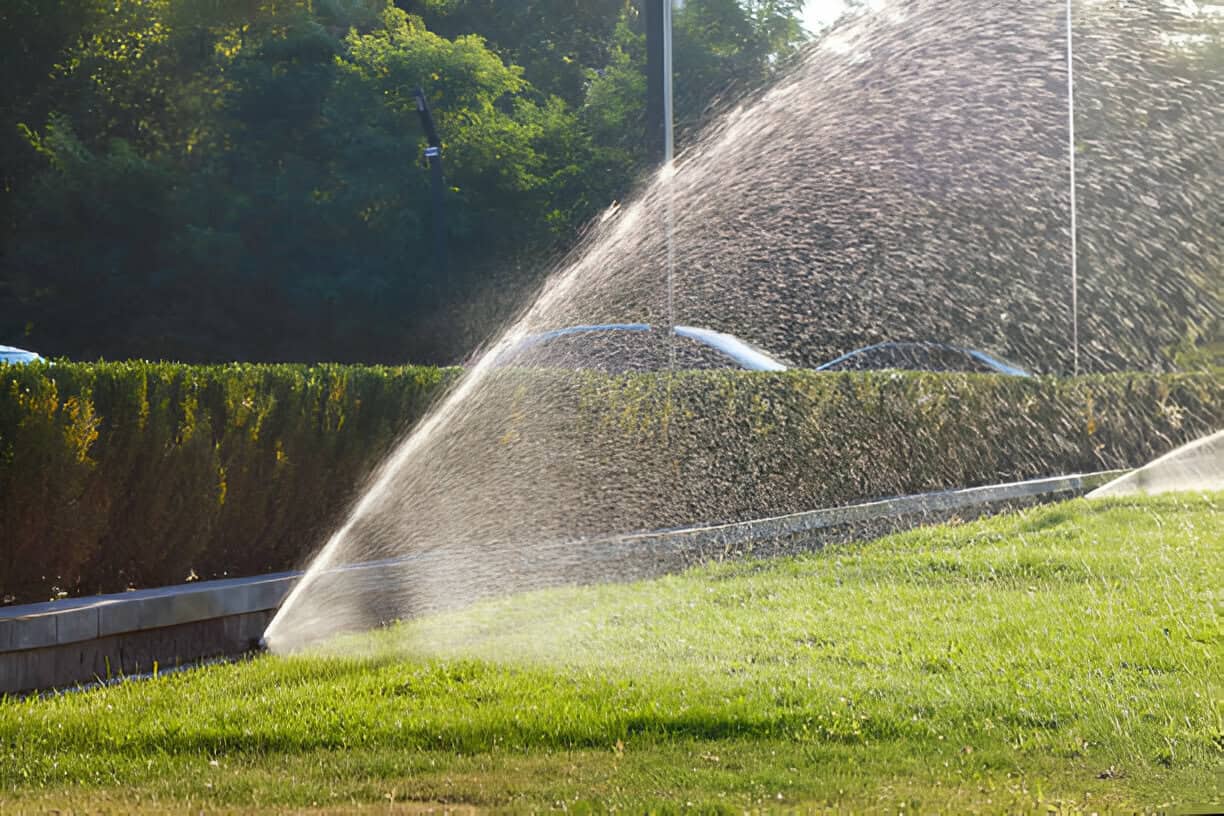A front yard’s lush lawn is a source of personal pride; your neighbors will appreciate the “curb appeal” you add, and your beautiful lawn may even leave your neighbors envious. So whether you’re fresh to the lawn care game or looking to hone your new lawn care skills, here are some free lawn care tips to properly growing the right grass and maintaining a healthy green lawn.
1st Guide For A Healthy Lawn: Identify Grass Type
The first step in achieving the greenest lawn in the neighborhood is to determine the type of grass growing in your yard. There are two primary types: cool-season grass and warm-season grass. It may appear that all types of cool-season grasses and warm-season grasses may be maintained in the same manner, but there are small changes that, if recognized, can result in greener grass!
Lawn mower tips: Adjust the mower deck to cut no more than one-third of the grass’s top blade, regardless of the recommended cutting height. With sharp mower blades, it will produce green, evenly cut edge. Grass blades cut by a worn mower blade will be white on top.
Cool-Season Grasses: They have high cold tolerance, but need cool temperatures to give your lawn lush green grass. If planted properly, you’ll notice that greener grass growth often happens in the early spring. Examples are Tall Fescues, Kentucky Bluegrass, Perennial Ryegrass, and Fine Fescues.
Warm-Season Grasses: These grasses’ growing season is in the hot summers. Although some of these grasses can tolerate sandy soils and partial shade, they turn brown when temperatures drop under 55 degrees Fahrenheit. Examples are Bahia and Bermuda Grass, Saint Augustine Grass, Centipede Grass, and Zoysia Grass.
2nd Guide For A Healthy Lawn: Lawn Aeration
Aeration is an effective step to promote growth and bring much-needed oxygen down to the grass roots. Test the ground for soil compaction by inserting a screwdriver 6 inches deep; aeration is unnecessary if it pushes through the soil easily.
Warm-season grasses should be aerated in the late spring or early summer, while cool-season grasses should be aerated in the late summer after spring arrives, or in the early fall.
3rd Guide For A Healthy Lawn: Check Soil pH Level, And Fertilize
To obtain soil test results, perform soil testing on your green lawn. Grass prefers a pH level between 6.0 and 7.2; if the soil is too acidic or alkaline, it will not thrive. If it is too high, iron sulfate or sulfur will be used to treat the lawn; if it is too low, pelletized limestone will be used.
A properly fertilized lawn in the early weeks of summer is better able to withstand summer heat and drought. A garden center may recommend slow-release fertilizer for most varieties to grow greener grass. However, applying fertilizer in the middle of summer can burn your lawn. Additionally, using too much fertilizer may cause more harm than good.
4th Guide For A Healthy Lawn: Seeding Lawn’s Bare Patches Of Dead Grass And Watering The Garden
On otherwise healthy turf, pet urine and children playing on the lawns can cause bare spots; the best solution is to plant grass seeds. The best time to plant new grass seed is after you mowed your existing lawn, raked up grass clippings, and aerated and applied fertilizer.
Grass Growing Tips
Rake newly seeded areas lightly to ensure the grass seed do not stick to an existing grass blade, then immediately cover them with a thin layer of dirt for them to grow healthy. Water the bare spots’ new seed at least once a day to keep its soil moisture. Provide about one inch of water every week to keep your lawn green.











